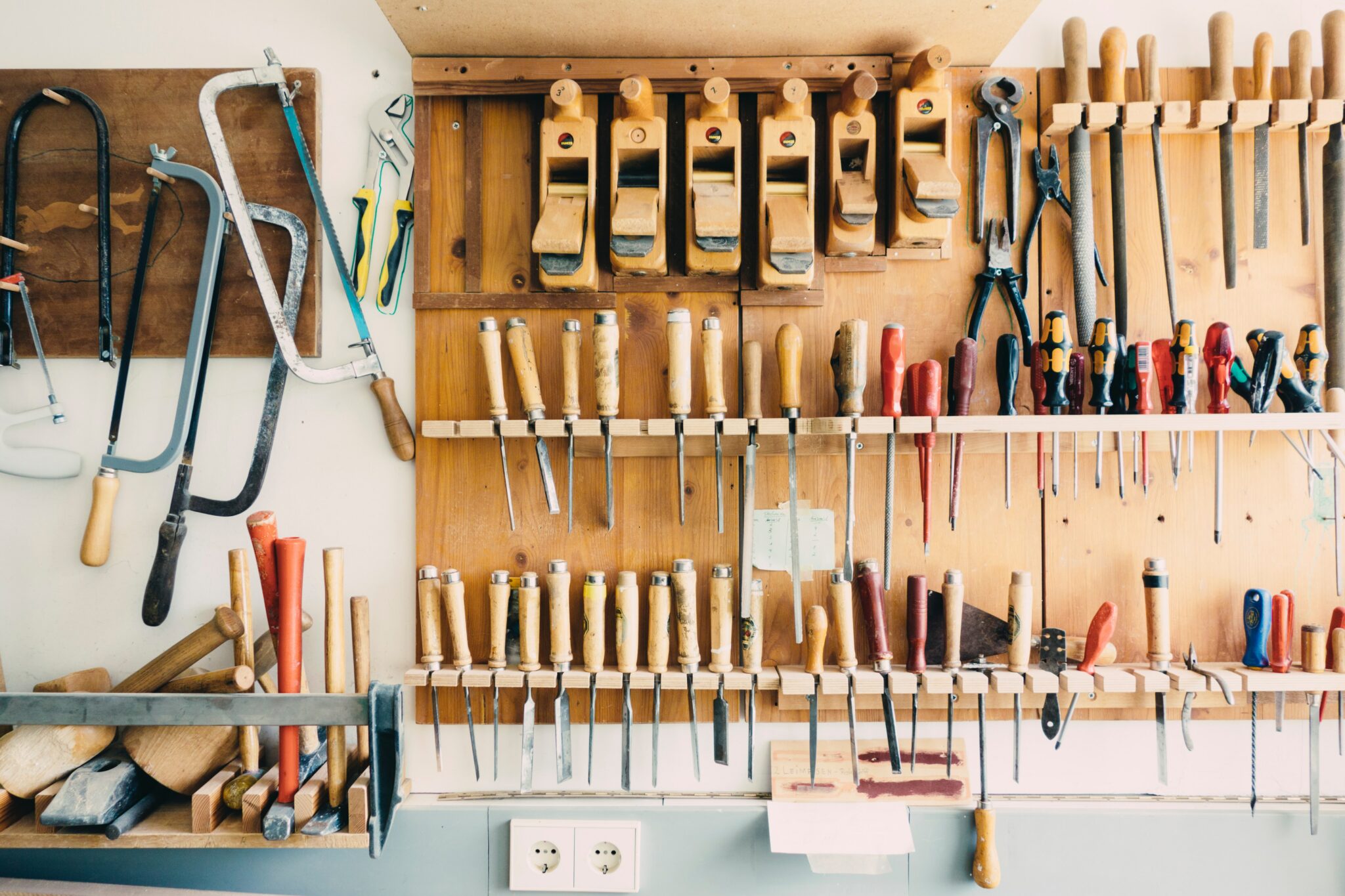
In today’s fast-paced and technology-driven work environment, employees rely heavily on various tools to perform their jobs effectively. There could be a multitude of different items you need to complete your work depending on your industry. You could need to protect a laptop, photography equipment, or even construction tools. Unfortunately, if these items get stolen or ruined in an accident, this could lead to financial loss and an inability to complete your work.
Below we will explore the importance of insuring and protecting your work tools and provide essential tips for employees to safeguard their valuable assets.
-
Understanding the Risks
Recognizing the risks associated with work tools is the first step towards ensuring their protection. Laptops can be accidentally damaged, camera equipment is susceptible to theft, and trades tools can be lost or destroyed on a job site. Just a single moment could lead to significant financial setbacks, disrupting workflow and productivity.
-
Employer Coverage vs. Personal Insurance
Before seeking external insurance, employees should inquire about any coverage provided by their employers. Some companies may have policies that extend to employees’ work tools, offering protection in certain scenarios. However, these employer policies may have limitations or exclusions, making it crucial to evaluate the extent of coverage. If the employer’s policy is insufficient, or if you are an independent contractor, employees should consider obtaining personal insurance.
-
Homeowner’s or Renter’s Insurance
In some cases, homeowner’s or renter’s insurance may cover work tools. However, this coverage may be limited to specific amounts or may not be tailored to the unique risks associated with work-related equipment. Employees should review their existing policies and discuss possible add-ons or riders to ensure their tools are adequately protected.
-
Specialized Insurance for Work Tools
For comprehensive coverage tailored explicitly to work tools, employees should consider specialized insurance policies. Many insurance providers offer coverage options designed to protect laptops, camera equipment, and trades tools. These policies may include protection against accidental damage, theft, loss, and even equipment breakdown. While premiums may vary depending on the type and value of the tools, the peace of mind provided is well worth the investment.
-
Documenting and Registering Your Tools
To facilitate the claims process, employees should maintain detailed records of their work tools. This includes serial numbers, purchase receipts, and photographs of the tools. Registering equipment on official databases can also aid in recovery efforts if the tools are lost or stolen.
-
Implementing Security Measures
Prevention is key when it comes to protecting work tools. Employees should take proactive steps to secure their equipment, such as using sturdy carrying cases, employing security cables to deter theft, and storing tools in a safe and locked area when not in use.
Insuring and protecting work tools is a crucial aspect of every employee’s professional life. Accidents and theft can happen unexpectedly, and the financial impact can be significant. By understanding the risks, exploring insurance options, and implementing security measures, employees can safeguard their valuable work tools and ensure uninterrupted productivity, peace of mind, and continued professional success.
Interested in properly protecting your work tools? One of our brokers would be happy to chat with you and explain the best way to keep your work equipment safe in the event of an emergency.
[ifso id=”14217″]